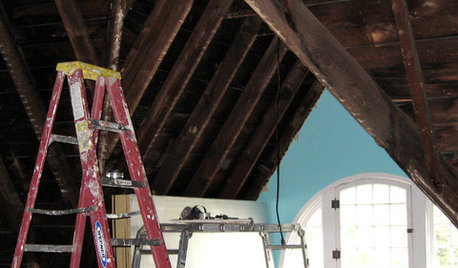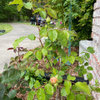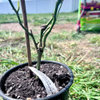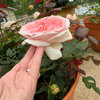I learned a hard lesson!
sara_ann-z6bok
9 years ago
Related Stories

CONTRACTOR TIPS6 Lessons Learned From a Master Suite Remodel
One project yields some universal truths about the remodeling process
Full Story
DECORATING GUIDES9 Lessons We Can Learn From Drawing Rooms
Let these formal rooms inspire you to create entertaining spaces that encourage conversation, music and games
Full Story
LIFE5 Life Lessons We Can Learn From Italian Design
Discover how these core ideas of Italian life feed into the nation’s designs
Full Story
FUN HOUZZEverything I Need to Know About Decorating I Learned from Downton Abbey
Mind your manors with these 10 decorating tips from the PBS series, returning on January 5
Full Story
REMODELING GUIDESHope for the Future: Lessons From Midcentury Modern Design
11 ways we can learn from the built-in optimism of midcentury modern homes
Full Story
HOLIDAYS11 Survival Lessons From Thanksgiving
With 10 people in 1 house for 3 days, you learn fast. Find out the good, the challenging and the just plain kooky
Full Story
GARDENING GUIDESHow I Learned to Be an Imperfect Gardener
Letting go can lead to a deeper level of gardening and a richer relationship with the landscape. Here's how one nature lover did it
Full Story
LIFEThe Day She Learned the Serenity Prayer for Homeowners
A flooded house and a high school graduation party intersect to teach some life lessons
Full Story
REMODELING GUIDES8 Lessons on Renovating a House from Someone Who's Living It
So you think DIY remodeling is going to be fun? Here is one homeowner's list of what you may be getting yourself into
Full Story
REMODELING GUIDES6 Must-Know Lessons From a Serial Renovator
Get your remodel right the first time, with this insight from an architect who's been there too many times to count
Full Story









canadian_rose
roseseek
Related Professionals
Grand Haven Landscape Architects & Landscape Designers · Horsham Landscape Architects & Landscape Designers · Owings Mills Landscape Architects & Landscape Designers · Panama City Landscape Architects & Landscape Designers · Rancho Cordova Landscape Architects & Landscape Designers · Allentown Landscape Contractors · Pelham Landscape Contractors · Bound Brook Landscape Contractors · Cliffside Park Landscape Contractors · Eustis Landscape Contractors · Golden Gate Landscape Contractors · Hawthorne Landscape Contractors · Painesville Landscape Contractors · Plymouth Landscape Contractors · Sugar Hill Landscape Contractorsdublinbay z6 (KS)
sara_ann-z6bokOriginal Author
michaelg
roseseek
seil zone 6b MI
roseseek
sara_ann-z6bokOriginal Author
roseseek
seil zone 6b MI
nanadollZ7 SWIdaho
bethnorcal9
kittymoonbeam
bart_2010